Check out 10 Latin American drinks that bring us joy during the holidays:
Canelazo
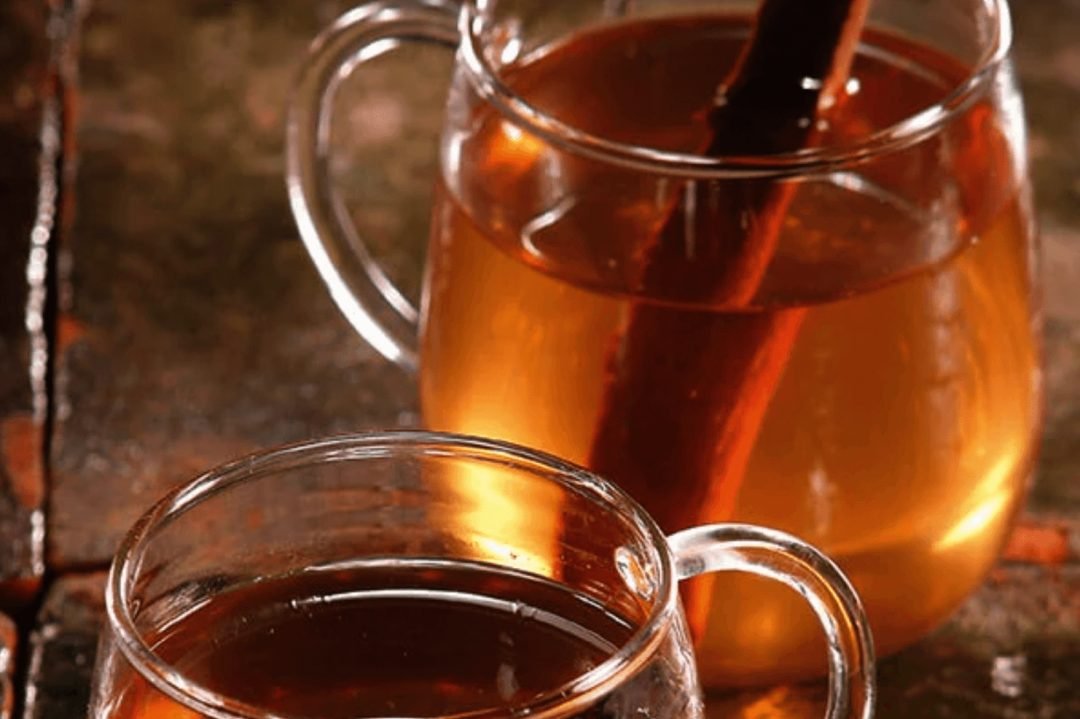
A canelazo will warm you up on a cold night high in the Andes—or a cold night anywhere, with a taste of South America. It’s mostly associated with Ecuador, but it is also a favorite in the highlands of Colombia, Peru, and northern Argentina. It’s made from brown sugar, cinnamon and cloves, orange and lime juice, and the Colombian concoction known as aguardiente, or firewater. Aguardiente is a broad term for high-alcohol-content beverages distilled from a variety of sources. The kind they drink in South America is made from cane sugar, so rum makes a great substitute if you can’t find aguardiente.
Coquito
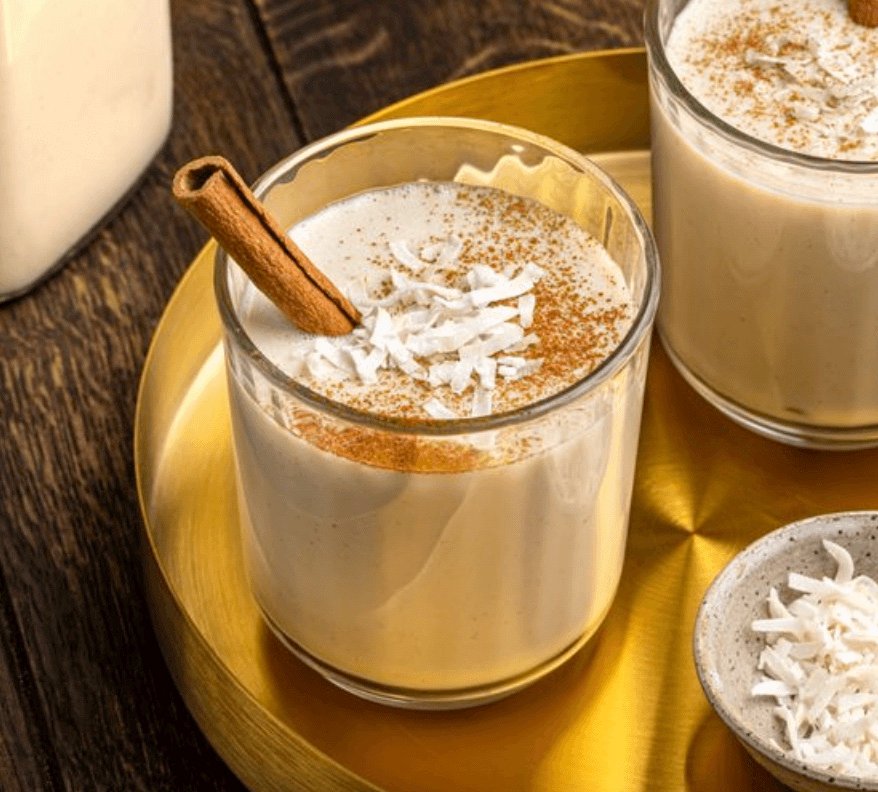
Coquito is a traditional Puerto Rican holiday drink that’s served chilled. The name “coquito” means “little coconut” in Spanish. This festive sip is made with a blend of coconut milk, cream of coconut, sweetened condensed milk, and spices like cinnamon and nutmeg – plus some rum to finish it all off! Coquito is similar to eggnog, so sometimes people call it coconut flavored “Puerto Rican eggnog.”
Saril
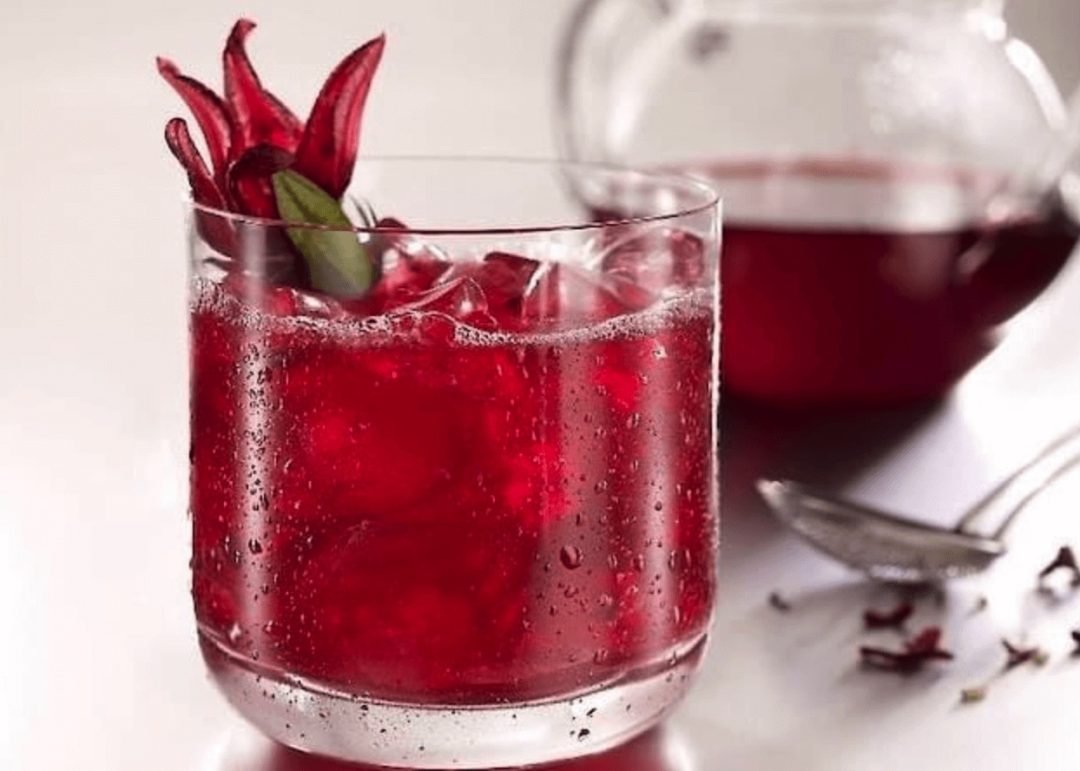
Also known as hibiscus, rosell, or sarrel, saril is a dark red flower that’s popular for infusing drinks during Christmas. It’s native to India and Malaysia, and was brought to Panama by Caribbean immigrants during the construction of the Panama Canal. The harvesting season for saril is from November to February, with peak harvesting in December.
Saril is a refreshing drink made by boiling and steeping the flowers with ginger, then adding the juiced or pureed ginger back to the tea and sweetening. It’s also known as “Jamaica” in Latin America and “Sorrell” in the Caribbean.
Mexican Ponche
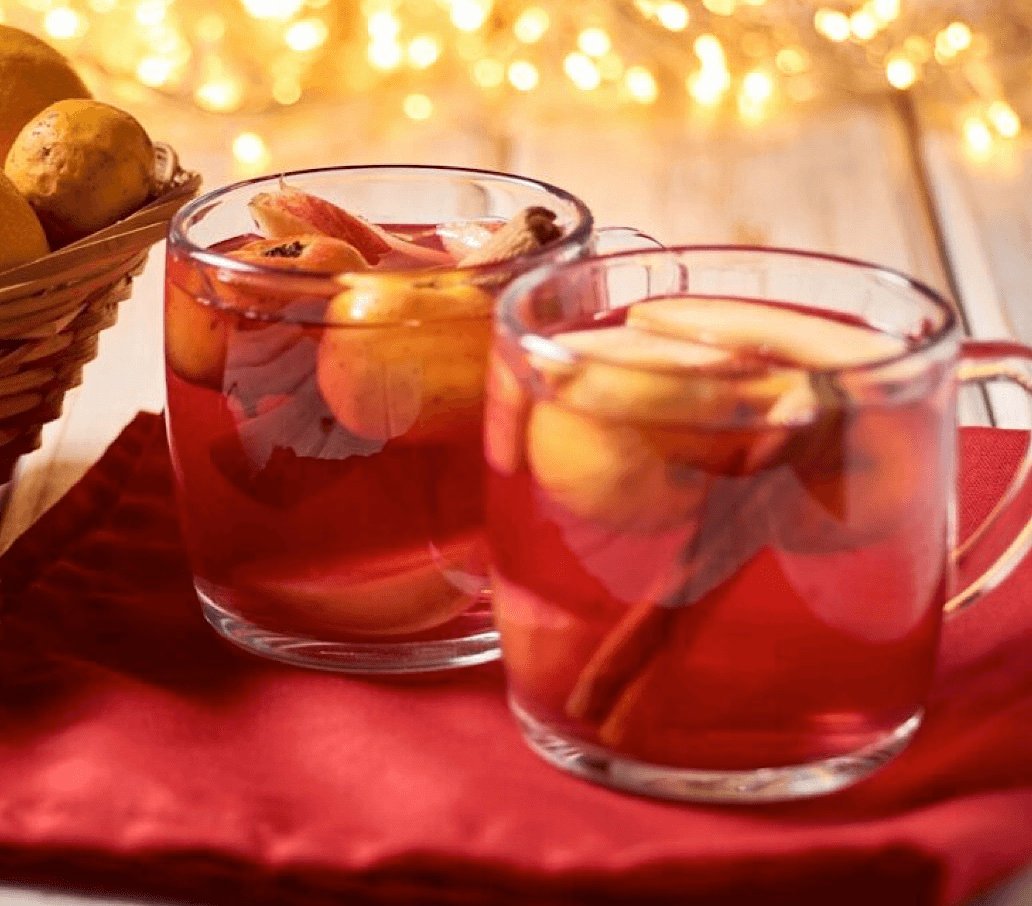
Mexican Ponche is a warm and comforting fruit punch made with apples, pears, oranges and guavas and spiced with cinnamon, cloves, tamarind and hibiscus typically served at Christmas time. You can serve it with, or without alcohol. Brandy or añejo tequila is pretty traditional. You can also use dark rum too.
Coctel de Algarrobina
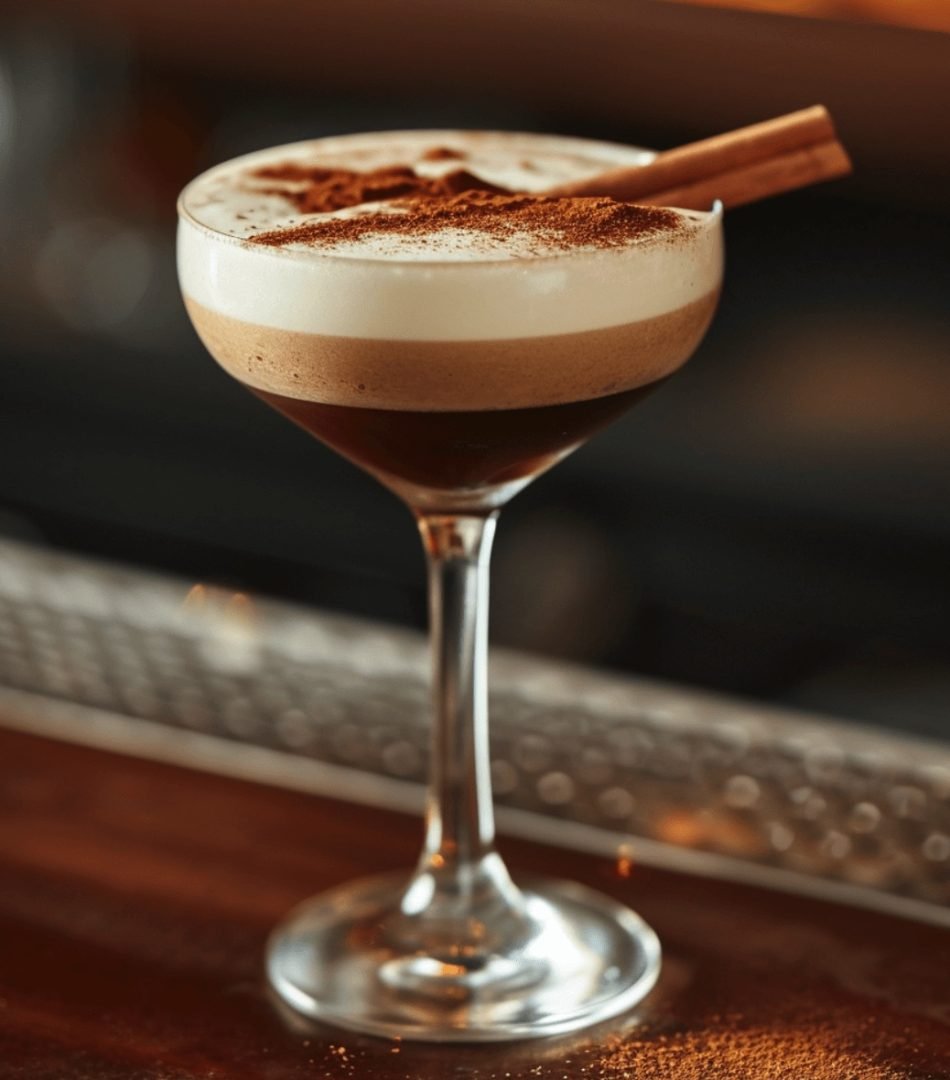
Peruvians celebrate algarrobinas on March 15, but they happily sip the cocktail in December. Legend says that in Colonial times, the Spanish monks that lived in the city used to make an egg and milk punch with wine. When they started substituting the wine with the same amount of rum, and finally, with some local Pisco, algarrobina was born. These days some bartenders add cream of cacao to the mix, along with some simple syrup or sweetened condensed milk for customers with a sweeter tooth. However, the original cocktail is made with unsweetened evaporated milk, 1 or 2 egg yolks, and Pisco, and then sprinkled with ground cinnamon.
Ponche Crema de Oro
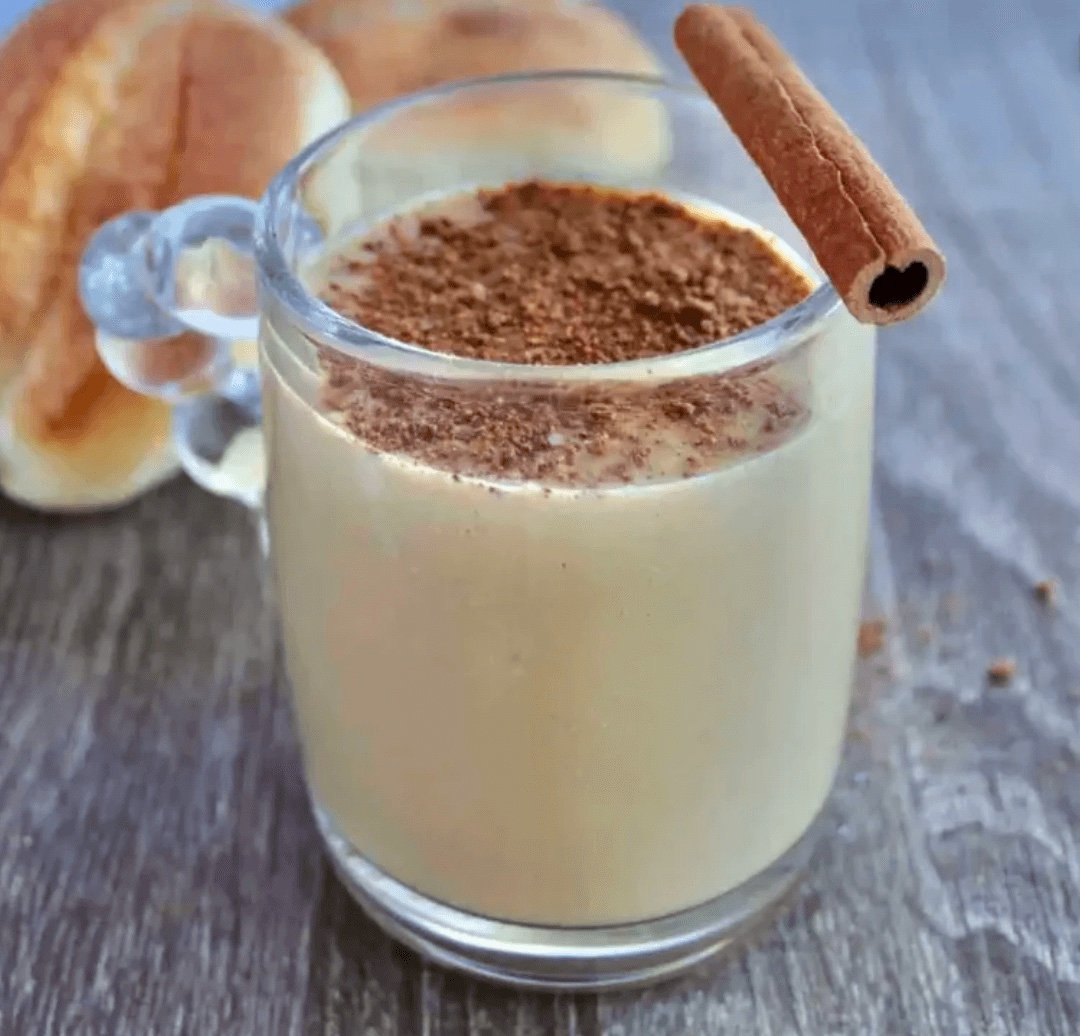
This holiday recipe is from the Dominican Republic. An island where winter is a fairytale, one we Dominicans only experience when we travel to places up north. But even without winter, we celebrate the holidays in full force – because who needs a “white Christmas” when you can go to the beach and suntan on Christmas morning?! With a thick, smooth texture, chilled, and warm taste of rum, our ponche navideño recipe is like a liquid flan mixture, a dessert that you can drink, and one of the most popular traditional Dominican beverages. Ponche crema, or ponche de ron (rum eggnog) is a rich, creamy drink, made with milk, egg yolks, and spices, with a dash of rum that makes it very smooth on the palate. This spiced, chilled eggnog must not be absent from your own Christmas Eve (Nochebuena) dinner table.
Atol de Elote
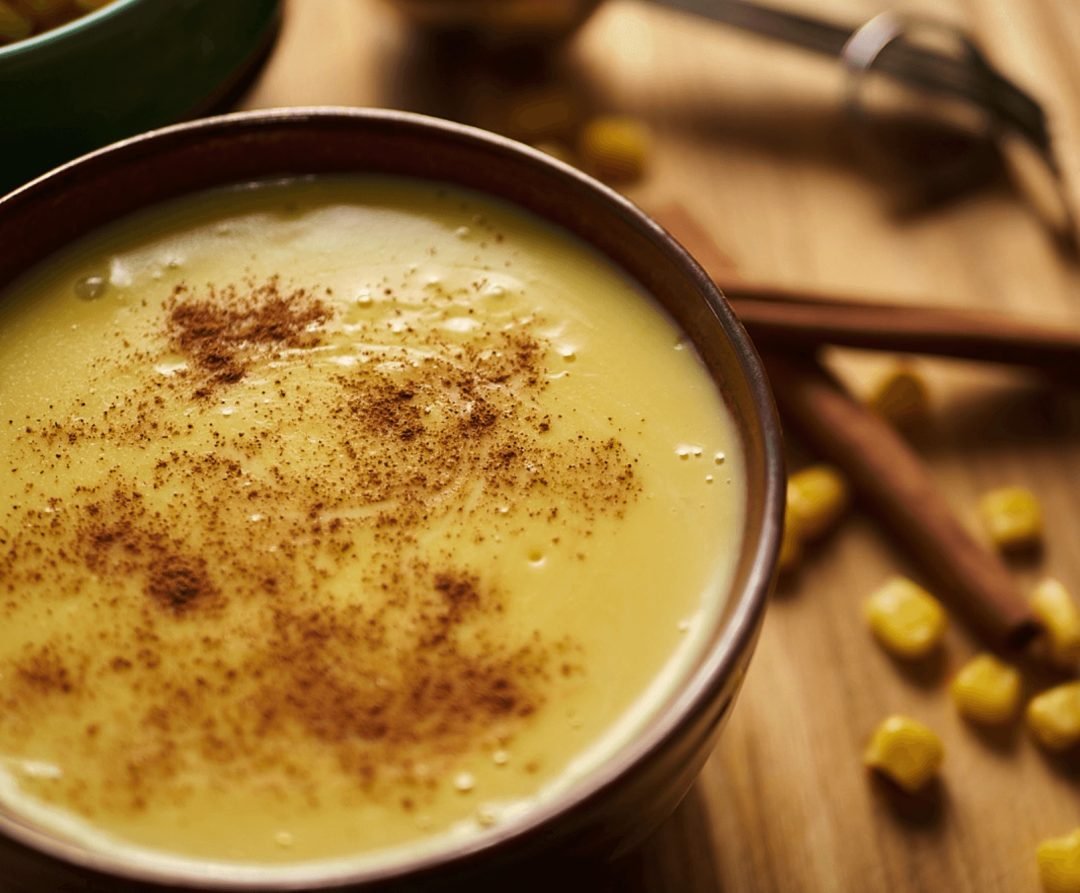
Guatemalans don’t really need a reason to drink atol de elote, but it’s certainly popular during the holidays. If you are craving a sweet, comforting drink to warm you up during the holidays, Guatemalan corn atole is for you! This hot traditional Guatemalan drink is made with sweet corn and flavored with vanilla or cinnamon. It’s a popular Guatemalan street food sold in markets and festivals, especially during the colder months. It’s also a popular Christmas drink in Guatemala. Fairly quick and easy to make, atol de elote or sweet corn atole is a hot corn-based drink perfect for enjoying in winter. You can serve this traditional Guatemalan dish during Posadas Navideñas, Christmas holidays, or to take the chill off a cold December morning! We won’t get mad if you add a splash of white rum.
Crema de Vie
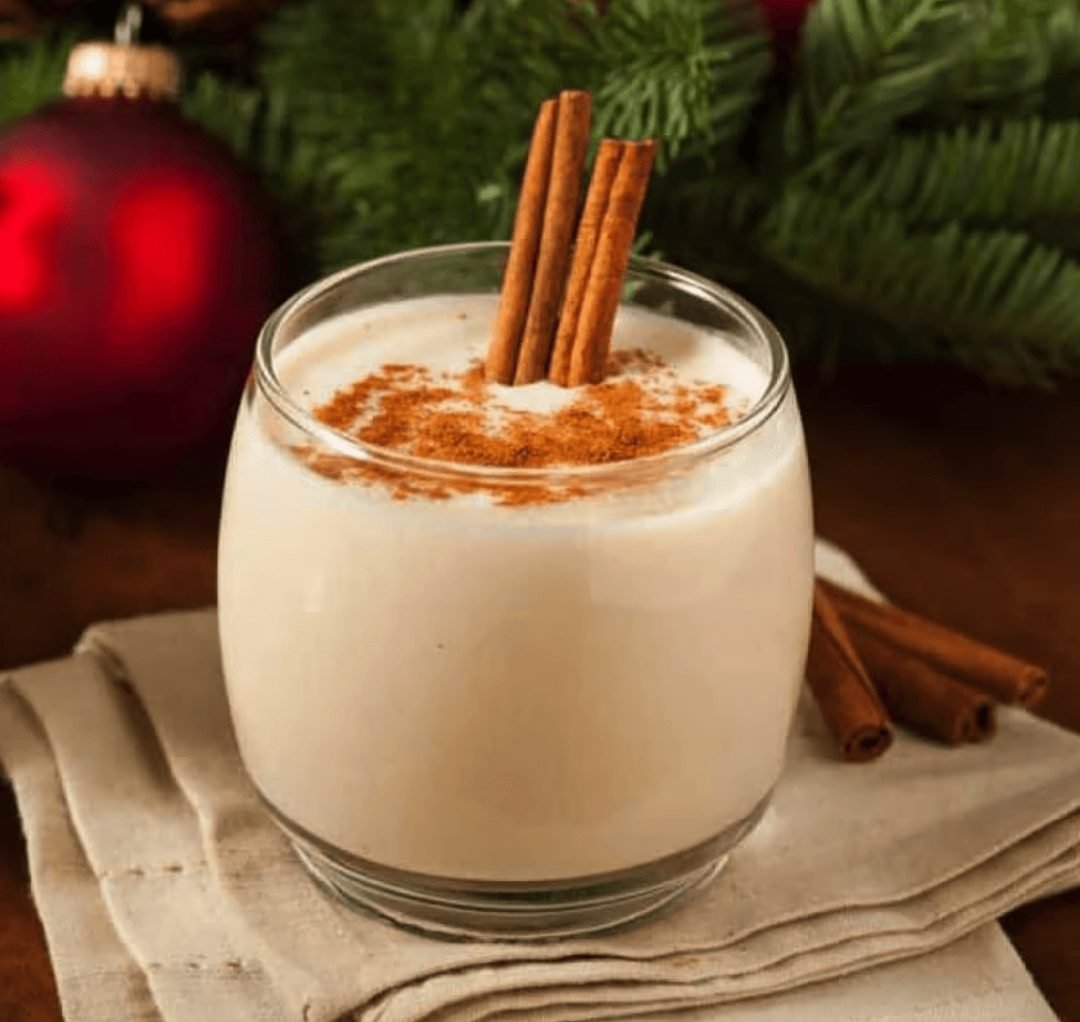
If you’ve ever been to Cuba you know that Cubans have a sweeeeeeeeeeeeet tooth. Everything from Cuba Libres to Cuban coffee has far more sugar than you were expecting. Crema de vie is no different as its ingredients include a substantial amount of sugar AND sweetened condensed milk. It also includes rum, which I think is much needed to cut the sugar – even though ironically rum is made from sugarcane. You can use whatever brand of rum you like white or dark. I think a spiced rum adds a nice touch. In Miami, the exiled Cubans are loyal to Bacardi rum, which was also exiled after the revolution. While this recipe can be easily made as a virgin cocktail it does contains raw eggs.
Rompope
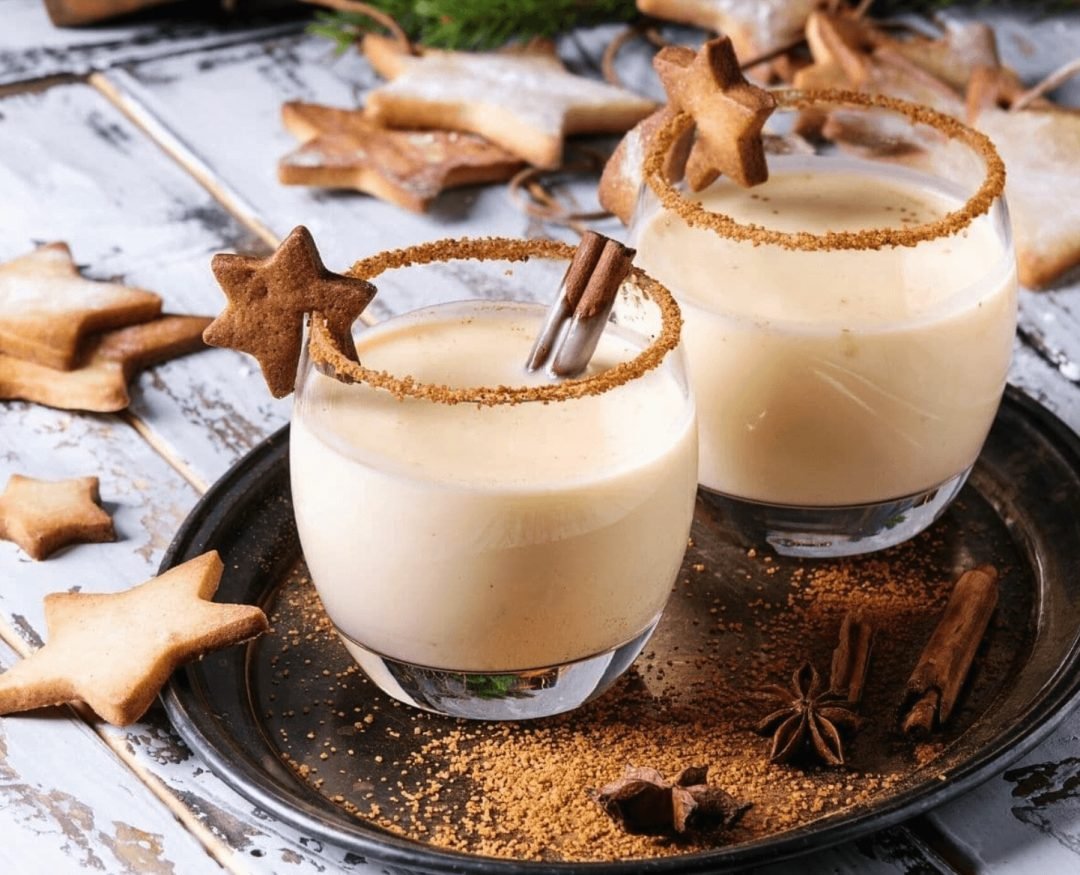
Rompope is so popular in Mexico, you can get it in stores year-round, but anyone who truly loves the Christmasy drink will tell you store-bought doesn’t hold a candle to homemade rompope. This recipe is perfect for the holidays. Rompope is very simple to make, and another big benefit to making homemade? You can decide how much rum or brandy goes in. Rompope, which is iconically yellow because it uses only the egg yolk, is a popular drink made of milk, sugar, cinnamon, cloves, nutmeg, eggs, rum or brandy, vanilla extract, and baking soda.
Cola de Mono
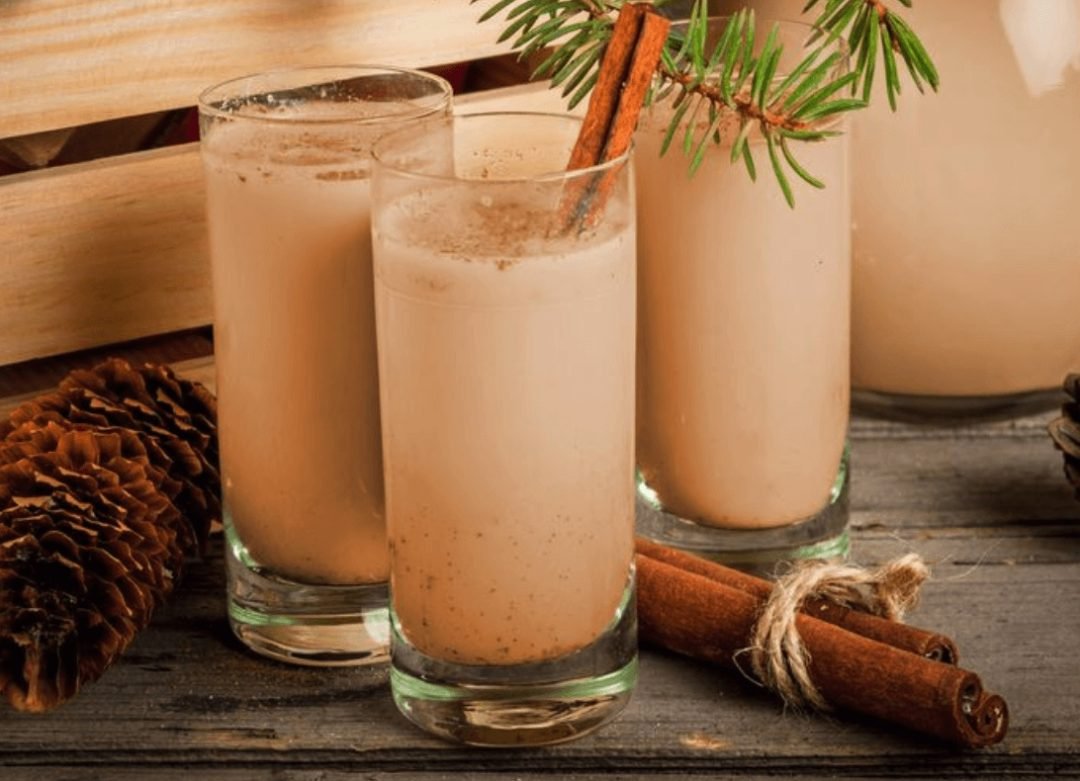
This is a traditional Chilean Christmas-time drink of milk flavored with coffee and spices. It is delicious, and a must-try if you don’t care for egg-nog. The recipe can be varied to suit your tastes – be creative with the proportions of coffee, cinnamon, cloves, and vanilla, as well as with your choice of liqueurs. The Cola de Mono (which means “monkey’s tail” in Spanish) is the holidays in a cup for Chileans. Traditionally prepared at home for Christmas and New Year’s Eve, each Chilean household has its own special version of the recipe, varying the amounts of each ingredient or adding different spices like nutmeg, vanilla, or cinnamon. There’s no singular way to make Cola de Mono, and families take pride in their unique versions. Simply adjust the recipe according to your taste and enjoy experimenting until you find the best iteration. If you can’t find aguardiente, you can sub in another similar spirit like vodka, brandy, or Chile’s national spirit, pisco.

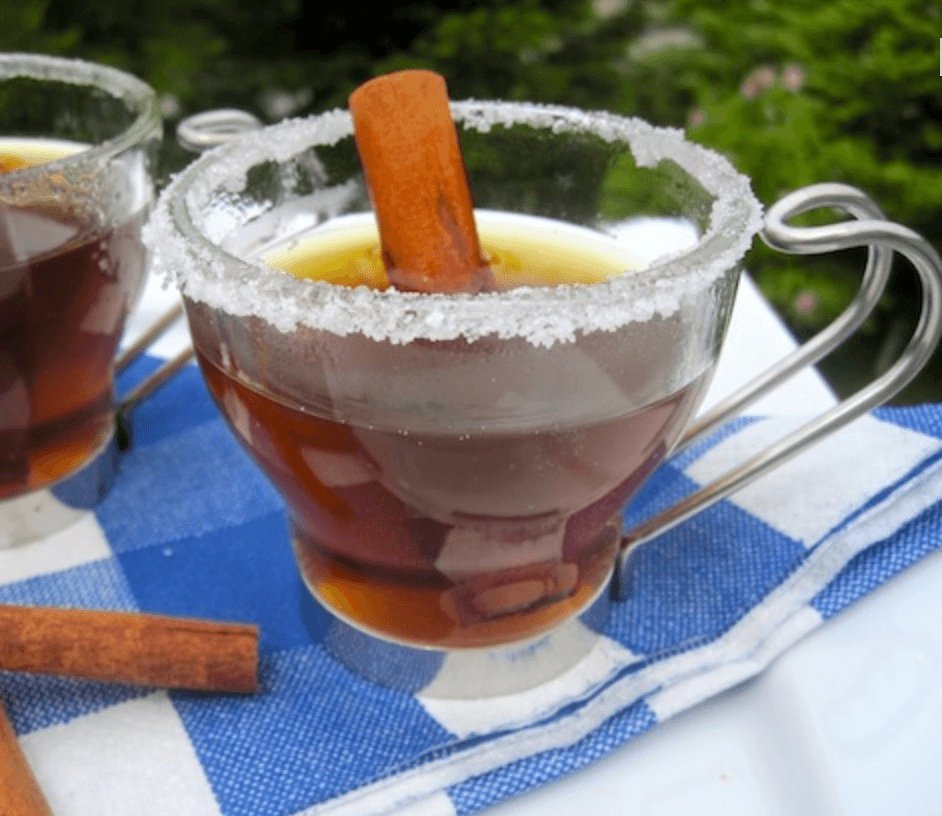














0 Comments